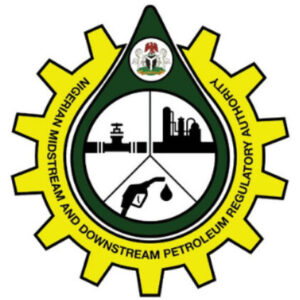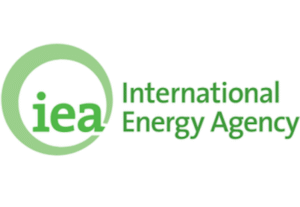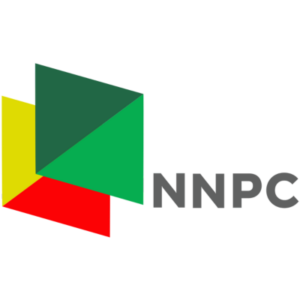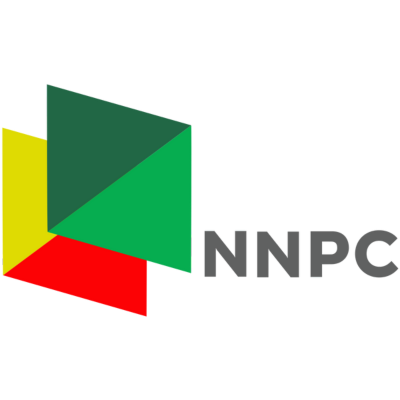The Nigerian National Petroleum Company Limited (NNPCL) which is spearheading a major oil production expansion, is pushing for early next year, restart of 30,000 barrels a ad (b/d ) from Sahara Energy-operated OML 11 in Ogoni Land, which has not seen active oil operations since 1993.
The 1995 execution of Ogoni activist Ken Sara-Wiwa by former military dictator Sani Abacha has made Ogoni landscape the country’s toughest ESG challenge to crack, requiring deft diplomacy.
Ogoni Land “communities have made specific sustainability demands, which are now being implemented, including commitments from NNPCL that were all put in place,” according to Bashir Ojulari, Chief Executive Officer of the Comany.
Ojulari, points that Nigeria requires to hold discussions with OPEC to adjust the country’s production quota in support of an initial public offering (IPO) targeted for 2028.
The expansion envisages a restart of production in Nigeria’s politically sensitive but highly prospective Ogoni Land as part of a push to raise the country’s crude and condensate output from around 1.6 million-1.7 million barrels per day to 2 million b/d by 2027.
Nigeria is targeting country-wide crude production capacity of 3 million b/d by 2030, with gas output set to grow from 7.5 billion cubic feet per day currently “to about 10 Bcf/d by 2027 and climb to at least 12 Bcf/d by 2030,” Ojulari explained on the sidelines of the OPEC International Seminar in Vienna.
The 2 million b/d production target for 2027 includes condensate volumes, which are exempt from OPEC quotas. Ojulari says Nigeria “will be pushing for an additional 500,000 b/d” on top of its current 1.5 million b/d quota to give “freedom and bandwidth.”
He believes that rising domestic demand also leaves Nigeria “in a better position to also seek an increase in our production,” .
Nigerian crude output currently stands around 1.5 million-1.55 million b/d, after slumping to around 1 million b/d in the summer of 2022, according to Energy Intelligence estimates.
Ojulari laid out Nigeria’s road map to reach 2 million b/d over the next 2½ years, noting that natural declines of around 150,000 b/d meant that around 350,000 b/d of new production was needed to stay on track.
Around 30,000-40,000 b/d of that uplift is expected from NNPC’s joint venture with the West Africa E&P consortium on Oil Mining Licenses (OML) 71 and 72 starting in September.
New drilling on assets operated by Nigerian independent First E&P should meanwhile deliver 10,000-20,000 b/d “very soon,” Ojulari said.
Renaissance Africa Energy, which took over operatorship of Shell’s historic Shell Petroleum Development Co, onshore assets in March, has already added around 20,000 b/d and should be able to deliver another 30,000 b/d by year’s end, he said.
Exxon Mobil’s former Qua Iboe assets will meanwhile provide another source of production growth.
Local new operator Seplat Energy and NNPCL intend to fast-track its expansion by re-entering some of the 400 shut-in wells peppered across the shallow-water assets.
In terms of long-term potential, “you should be talking over 200,000 b/d [of oil] and maybe another 500 million cubic feet per day [of gas] minimum” from OML 11, says Ojulari. The license is estimated to contain 3 billion barrels of reserves.
But ongoing dialogue is essential. “After those long years of absence, the most important thing is to build a sustainable alignment with the people,” Ojulari stressed.
Nigeria’s production capacity push comes amid a major investment in security, with major pipeline sabotage radically reduced since June, Ojulari says. Repairs now take two days as opposed to “three weeks,” he offered.
A combination of Nigeria’s Petroleum Industry Act (PIA) passed in 2021 and the lifting of fuel subsidies has enabled NNPC to act as more of a commercial entity. And it is against that backdrop that Ojulari, a former Shell executive, and a new Board were brought in during April to drive a company-wide restructuring.
The PIA has enabled NNPCL to more effectively seek debt, and the firm recently discussed a $5 billion loan from Aramco Trading, among other options.
A major review of NNPC’s upstream assets is also under way.
“We’re doing a portfolio review to high-grade our portfolio. Our intention is to preserve the highest value segment of our portfolio, and [with] the lower value segment, to discuss options, including farm-downs, including bringing in other parties,” he explained.
The precise slice of NNPC that would be sold off and the location of the listing have not yet been decided. But “I don’t see it being less than 20 per cent,” Ojulari says, noting NNPC’s “aspiration” for a 2028 listing.
A partial listing “is not an end in itself,” he says, but rather an instrument to drive a change in corporate culture.
Downstream, NNPC’s management is reviewing its engagement in oil refineries, with the pause button pushed on efforts to rehabilitate operated refineries at Port Harcourt, Kaduna and Warri, all of which are not currently operating.





